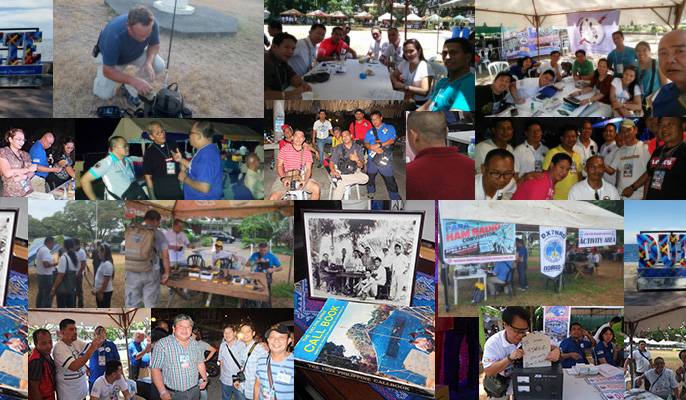
Making contact with the latest DXpedition on some rare island is fantastically exciting. What you will think of next is how to confirm or obtain a QSL card to make that contact as undoubtedly official as possible. It used to be incredibly convoluted; 1. Have a QSL card designed and printed, 2. Purchase the right size envelope and print your return address on the returning envelope, 3. Obtain one or two IRCs (International Response Coupon) or one or two U.S. 1$, 4. Find out who the QSL Manager of the DX is or the updated mailing address, 5. Mail the card and wait and wait and wait, meanwhile, cross your fingers that you mail has not been stolen or gotten lost somewhere. Did I mention how much all that would cost?
The American Radio Relay League has been cognizant of the dilemmas of QSLing and embarked upon a program to make it all easy. Some years ago the Logbook of the World or LOTW was put up by the ARRL and the aches and pains of QSLing has been considerably lessened since then. You do not need to be a member of the ARRL to avail of its use. This discussion is of course predicated on the reader’s active utilization of an electronic logging program, one that can export the log to an ADIF or Amateur Data Interchange Format file.
There are five easy steps to begin using LOTW and these are found in elaborate detail on ARRL’s website.
1. Download and Install TQSL
2. Request Your Initial Callsign Certificate and LoTW Account Password
3. Accept Your Initial Callsign Certicate
4. Define Your Initial Station Location
5. Log in to your LoTW Account
The latest version of TQSL is 2.0.3 and updating it is as simple as downloading the current version and installing it, no need to uninstall the old version. It will run on Microsoft Windows, Apple OS X and Linux. When you run TQSL you can then request a callsign certificate and this entails entering information such as callsign, name, mailing/street address and email address, this step will lead you to the requirement to “authenticate your location” which is easily accomplished by sending your amateur license to ARRL. The address is:
ARRL LoTW Administrator
225 Main St.
Newington, CT 06111
When the LoTW Administrator receives your license you will then be sent your callsign certificate via email, this is a TQ6 file. So, the file you will receive will be something like callsign.tq6 or 4f2kwt.tq6. Included in the email is the user name and password so you can log onto LoTW. Load the TQ6 file on TQSL to complete this step of the process. Save a copy of the TQ6 file also.
The next step is to create a station location. Click on the appropriate link on TQSL and enter all information asked for such as IOTA, ITU and CQ zones. You must be precise in filling the information as your contact needs these to receive credit for your geographic position.